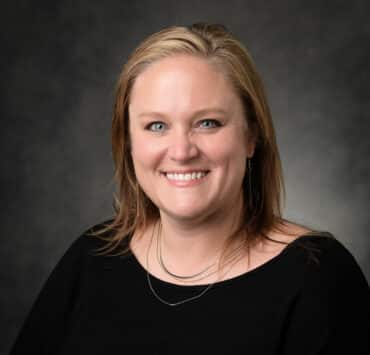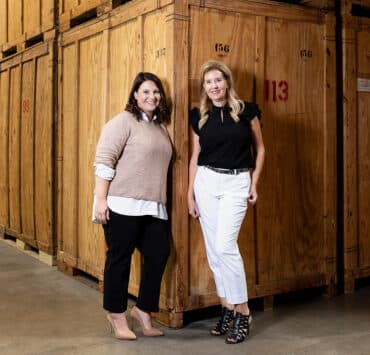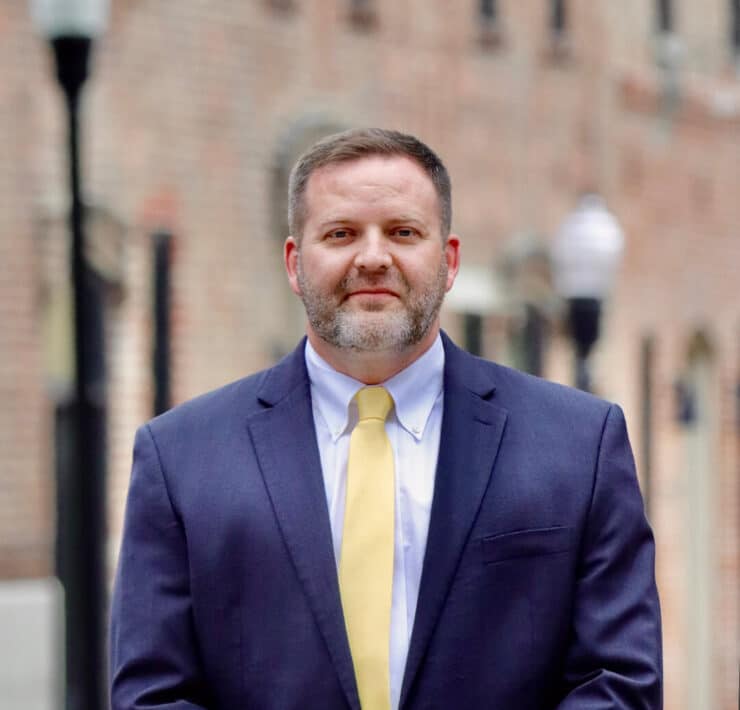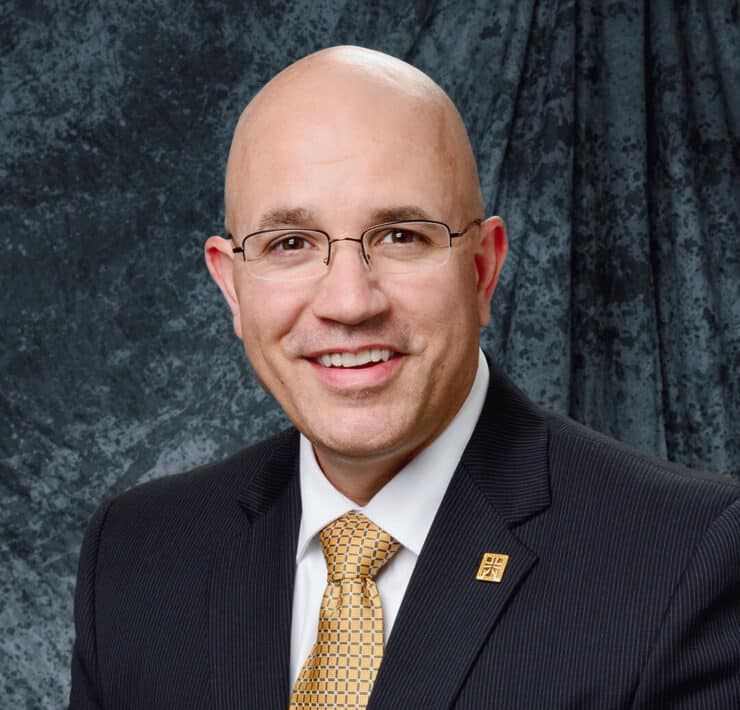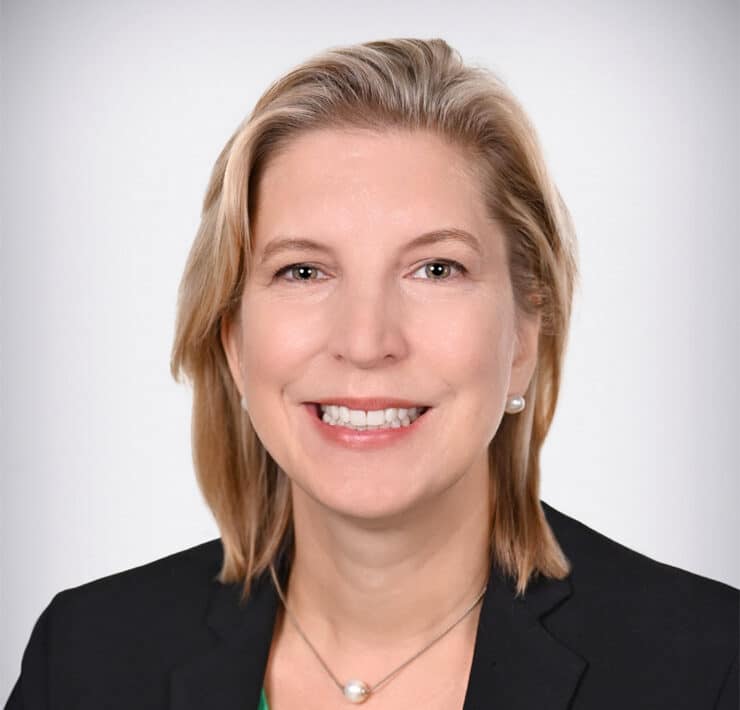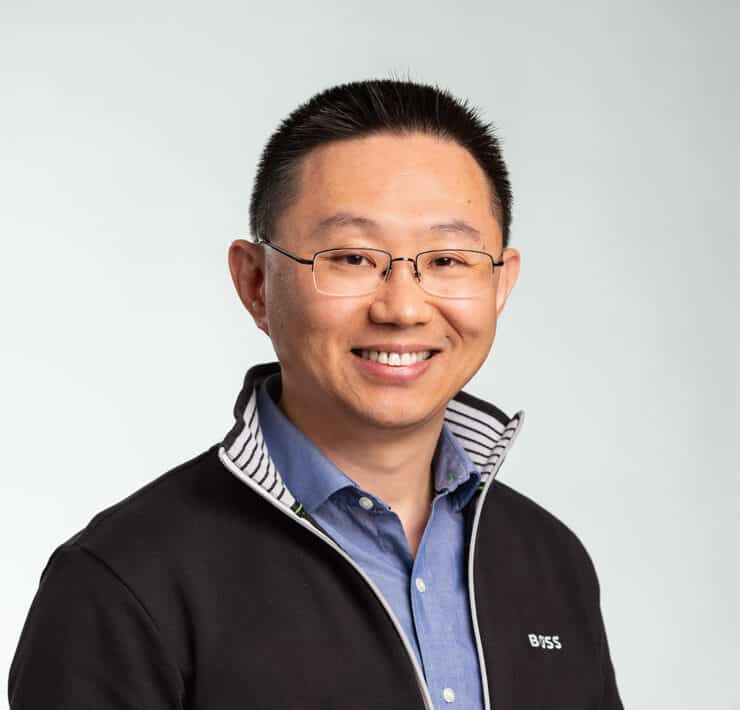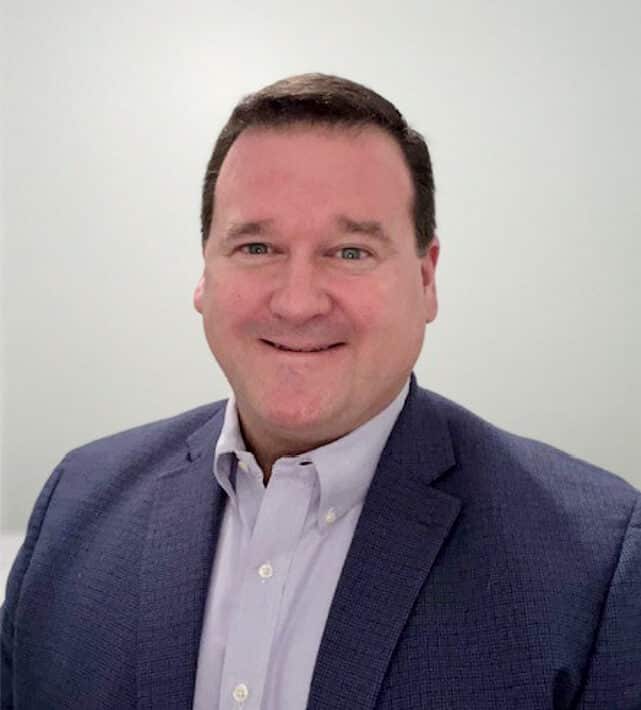
|
Getting your Trinity Audio player ready...
|
Just ten years after its start, US Anesthesia Partners (USAP) has built itself into one of the premier anesthesia providers in the nation. The single-specialty partnership founded in 2012 now has locations in ten states with opportunities for expanded delivery of patient care given population dynamics. Tyler McBee, the organization’s chief financial officer, recently met with American Healthcare Leader to discuss the importance of intelligent leadership and strong collaboration. Strong financial planning and other behind-the-scenes efforts will power USAP into the future as McBee and his colleagues continue to target consistency, safety, affordability, and quality patient outcomes.
What sparked your interest in finance?
Everything runs through the numbers at some point. Law practices, retail chains, small businesses, nonprofits, healthcare. Everything.
Why healthcare? Why is this a space you’ve become passionate about?
I simply sit in an office. I’m not a clinician. But I have conversations and make collaborative decisions with clinicians and business leaders. Those decisions we make together help increase quality or alleviate problems that impact patients, and any support I can give is very rewarding.
I have conversations and make collaborative decisions with clinicians and business leaders. The decisions we make together help increase quality or alleviate problems that impact patients, and that support I can give is very rewarding.”
Tyler McBee
Was working in the industry with an organization like USAP something you targeted?
I received invaluable experience that I’m grateful for at KPMG, where I had many healthcare clients, but I also gained experience in many other business areas like oil and gas. I’ve also been part of retail organizations, including Tempur-Pedic, and previously traveled the world servicing global manufacturing clients. All of this comes together in what I do today in healthcare, because I can bring this broad business experience and influence how we do what we do at USAP.
USAP has been growing. What brought you on board, and what has it been like to be a part of that growth?
I was excited to join a company that was just starting out, because I could help build an accounting team and be part of elevating a finance function. I knew it would be key to interact with legal, operations, and clinicians. We can all collaborate for best results, and we’ve worked together to support the best patient care possible.
Tell me more about finance’s role in that.
We want to provide insights to stakeholders and leaders to make real-time decisions. Accountants are historically thought to look back; closing the books or supporting audits and reading out what happened yesterday. But the healthcare landscape is moving fast, and I want to help USAP look at what’s ahead.
How have you done that?
It takes hiring different people, using technology, and partnering with the whole business, like HR and IT and others, to discover ways to provide new insights more quickly.
What is your team like?
I mentioned my nontraditional path, and I think that’s made me more receptive to others who come from nontraditional backgrounds. Maybe you zigged or zagged in your career. To me, that’s an asset, because you can help us approach what comes our way with new insights. Healthcare, in many ways, has developed slower than other industries. Retail chains know how to have just-in-time inventory and respond to supply chain shortages and think about factors that might drive better traffic to one location. That’s what we’re doing to think differently. I look for people who think broadly and want new opportunities.
“Every transaction someone addresses from finance has bigger implications than we know.”
Tyler McBee
You’ve talked about working with other departments outside of traditional accounting and finance roles. Can you elaborate?
It’s a similar thought process. Every transaction someone addresses from finance has bigger implications than we know. We’re in a people business, and we can share data and information. If you’re purchasing, or staffing, or scheduling, these issues all come up. We need relationships, we need transparency, and we need to get all our information linked up so we’re all working from the same playbook. We implemented Workday for financial management and our enterprise resource planning to give us one version of this information, and that’s been one of many great steps for USAP.
What are some of the things you’re most concerned with today?
Speed and accuracy. What does it cost for certain healthcare encounters, and how can we get more efficient without sacrificing quality. We also know we have an aging population, so demand will increase. We have to have adequate coverage for that demand and deliver consistent services in a thoughtful way. We also want to identify where we should invest for continued long-term patient care.
Do you have any advice for other healthcare CFOs?
I would remind them of their responsibility to really understand the needs of their stakeholders. Don’t just think about the data, but also think about how you can use that data to assist and inform others.
You’ve helped USAP get to where it is today. Why are you still passionate about healthcare?
There’s always a challenge. It’s never stagnant. Every time you think you finally hit calm water, there is something new coming on the horizon.
